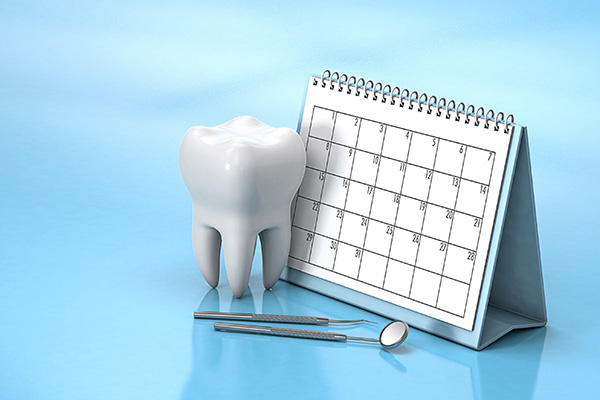The Complete Guide to Choosing the Right TMJ Treatment for You

TMJ treatment options vary depending on the severity of symptoms and the underlying cause of the condition. TMJ disorders can affect the muscles, joints, or surrounding tissues involved in jaw movement, often leading to pain, stiffness, and impaired function. Identifying the most effective path forward begins with a professional evaluation and a clear understanding of the available treatment options.
Recognizing the signs that require TMJ treatment
Temporomandibular joint disorders may present in many ways, but certain symptoms typically indicate the need for professional care. These signs include:
- Persistent pain in the jaw, ears, or temples
- Clicking, popping, or grinding noises when moving the jaw
- Difficulty chewing or speaking
- Jaw stiffness or locking
- Frequent headaches or facial tension
When any of these issues interfere with daily function or quality of life, an evaluation can help determine which TMJ treatment may be appropriate.
TMJ treatment options
The right TMJ treatment depends on the diagnosis, which takes into account the joint's function, the bite relationship, and muscular involvement. Along with this, the dentist will need to review the patient's medical history and other health factors. General dentists often begin with non-invasive therapies and progress to more advanced care if symptoms persist.
Conservative treatments
Most patients begin with non-surgical options focusing on relieving pressure, managing pain, and improving joint function. These may include:
- Oral appliances: Custom-made nightguards or splints can reduce clenching and reposition the jaw to ease tension
- Physical therapy: Targeted exercises may improve mobility and strengthen supportive muscles
- Behavioral changes: Modifying habits such as gum chewing or teeth grinding often provides relief
- Anti-inflammatory medications: These may reduce pain and swelling in the affected joints
Advanced and supportive options
If conservative treatment does not resolve symptoms, additional options may be recommended. These include:
- Trigger point injections or muscle relaxants to address chronic tension
- Dental adjustments to correct a misaligned bite
- Orthodontic treatment to improve jaw position and long-term function
- Surgical consultation in rare, severe cases where joint damage is advanced
Each option is selected based on how the symptoms present and how the joint responds to initial care efforts. A general dentist can guide patients through this decision-making process by coordinating evaluations, testing, and follow-up care.
How a dentist assesses TMJ disorders
Choosing the most effective TMJ treatment begins with an accurate diagnosis. The evaluation typically includes a detailed review of the patient’s symptoms, examination of jaw movement and joint sounds, palpation of facial and jaw muscles, and imaging studies, such as X-rays or 3D scans, to view joint anatomy.
Based on these findings, a treatment plan is created that balances symptom relief with long-term joint stability. The goal is always to reduce discomfort while preserving or improving function.
Personalizing the treatment plan
No single TMJ treatment works for everyone. Factors such as age, lifestyle, and the presence of teeth grinding or clenching can influence outcomes. A personalized plan considers the severity of joint or muscle dysfunction, existing dental restorations or bite alignment, past history of trauma or arthritis, and the patient’s ability to maintain at-home therapy.
In many cases, a combination of strategies offers the best results. A general dentist may also work alongside other providers, including physical therapists or oral surgeons, to provide comprehensive care.
Long-term management of TMJ disorders
TMJ disorders may be chronic for some individuals, which means that long-term management becomes part of daily life. Patients who have completed TMJ treatment may continue using oral appliances, practicing jaw relaxation techniques, or attending periodic evaluations to prevent symptom recurrence. The focus is on reducing flare-ups, supporting joint health, and avoiding behaviors that place unnecessary strain on the jaw.
Why timely treatment matters
Ignoring TMJ symptoms may lead to worsening discomfort, bite problems, or dental damage. Choosing the right TMJ treatment early increases the likelihood of effective pain control and functional recovery. With professional guidance, many patients return to normal activities without surgical intervention.
TMJ treatment improves comfort and prevents long-term dental damage, supports better jaw function, and enhances overall quality of life when guided by a trained general dentist.
Explore TMJ treatment with a general dentist
TMJ disorders can disrupt comfort, sleep, speech, and eating. Fortunately, many TMJ treatment options are available to address the root cause of pain and restore jaw function. A general dentist provides the foundation for accurate diagnosis and a personalized plan, guiding patients toward better health and long-term relief. For more information or to schedule a consultation, call Pacific View Smile Center at (310) 304-1854.
To schedule a consultation, request an appointment on our website at https://www.pacificviewsmilecenter.com or call Pacific View Smile Center at (310) 304-1854 for an appointment in our Santa Monica office.
Check out what others are saying about our dental services on Yelp: TMJ Treatment in Santa Monica, CA.
Related Posts
Your TMJ or temporomandibular joint attaches your lower jaw to your skull. A problem with your TMJ can make dental functions difficult. Understanding the treatments for this ailment can help you prepare for your appointment. Here are the details on how your dentist can treat your TMJ.The dentist will talk to the patient about the…
Oral surgery is a branch of dentistry that diagnoses and treats conditions affecting the mouth, jaw, and face. While general dental treatments can address many dental issues, some issues require surgical intervention. Understanding the different types of oral surgery can help patients make informed decisions when they need a more advanced procedure.Tooth extraction is one…
Seeing your family dentist for regular dental exams can maintain your oral health for many years. Bringing your family with you can extend this benefit to them. Understanding why you must set dental checkups will enable you to maintain a healthy smile for years. Here are the reasons to see your family dentist for regular…
A healthy smile is not only a sign of good oral hygiene, but it also contributes to your overall well-being. Prioritizing preventive services at a family dentist can reduce the risk of dental issues and the need for extensive procedures. They provide the tools and knowledge to help ensure that you and your family have…


